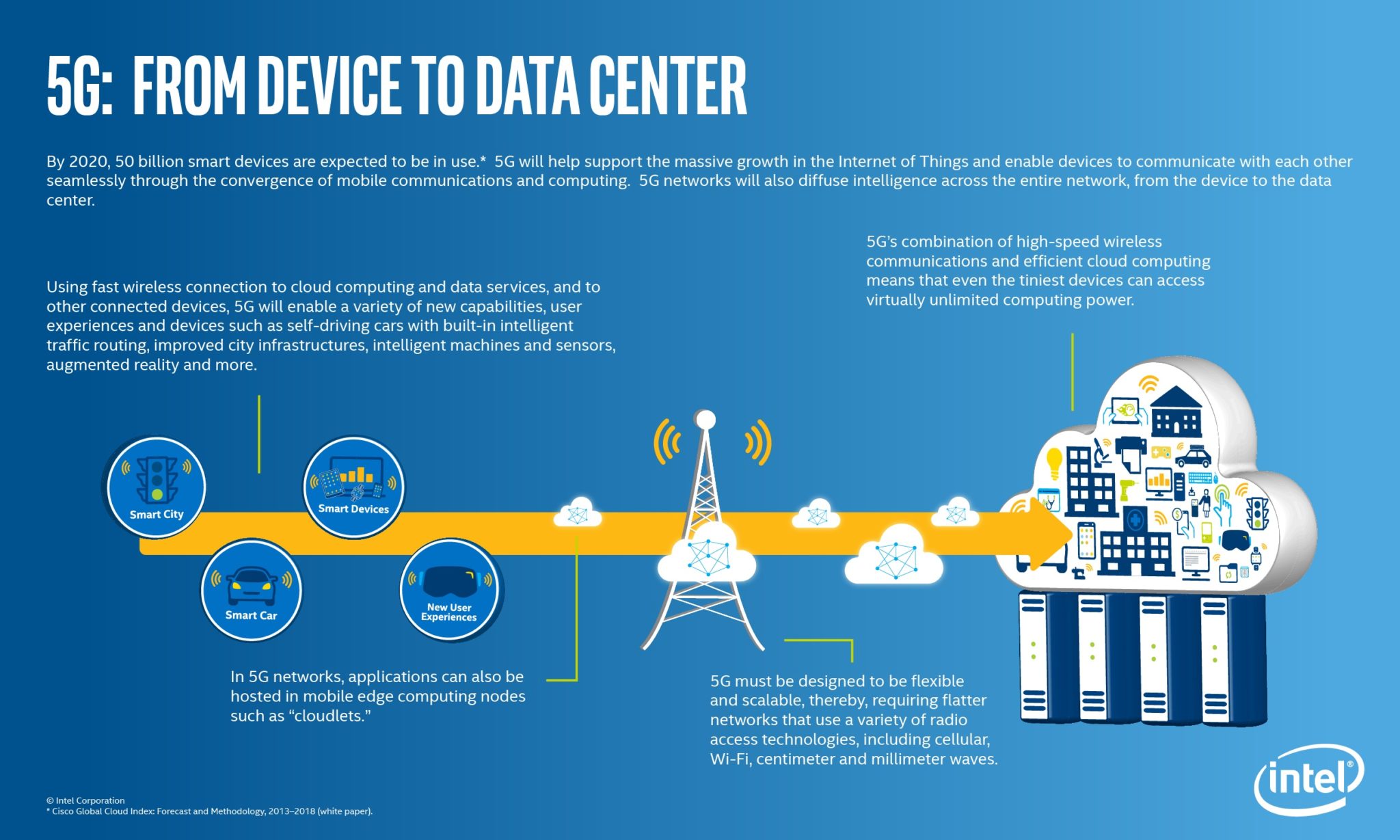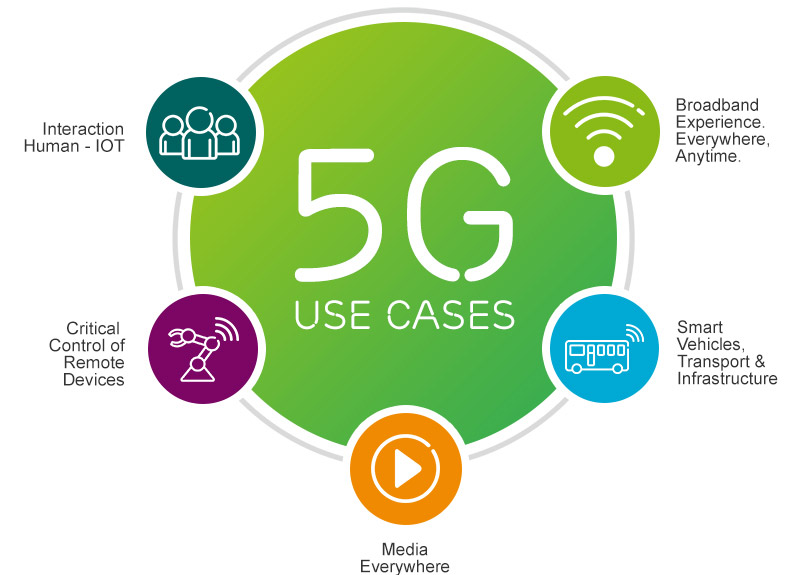Apple is reported to be teaming up exclusively with Intel to develop the first 5G iPhone to come to the market.
But , Intel’s struggle to engineer a prototype chip the 8060 that properly dissipates heat is delaying the company’s 5G release with respect to other companies.
Typical amount of thermal energy, which can be felt on the exterior of the phone, would also lessen the battery life of devices. Nonetheless, the Fast Company source says that these frustrations with Intel are not significant enough for Apple to turn to Qualcomm for 5G modems – especially since the Qualcomm X50 is believed to produce similar heat dissipation issues.
Once the mock-up is perfected, Intel will move on to produce the 8161 modem chip, the final product to be used in 2020’s iPhones. This model is expected to increase transistor density, in turn increasing phone speed and efficiency.
Apple does have a plan B in place with MediaTek, a Taiwanese chip maker designing modem platforms for lower-grade phones. But for now, the Cupertino-based company appears confident that the issues with the Intel chip will be resolved before it has to redirect itself towards a different manufacturer.

This year’s lineup of iPhones all used Intel modems, so it’s natural for Apple to continue working with the brand that made the most advanced iPhone to date.
On the other hand, Qualcomm’s 5G chips will debut in smartphone flagships across the industry including those by Huawei, Oppo, and Xiaomi starting as early as February of 2019 at the Mobile World Congress.
The American chip manufacturer claims to have solved the heat issue. Carrier AT&T intends to bring 5G smartphones to the market next year.
Apple’s decision to release 5G supporting iPhones in 2020 gives the company a safe timeline to follow.

As other manufacturers fight to be first, Apple will have the opportunity to refine and perfect their own models based on the market’s reaction and success. If all goes according to Apple’s plan.
5G is the fifth generation of cellular mobile communications. It succeeds the 4G (LTE/WiMax), 3G (UMTS) and 2G (GSM) systems. 5G performance targets high data rate, reduced latency, energy saving, cost reduction, higher system capacity, and massive device connectivity.
The first phase of 5G specifications in Release-15 will be completed by March 2019, to accommodate the early commercial deployment. The second phase in Release-16 is due completed by March 2020, for submission to the ITU as a candidate of IMT-2020 technology.
The ITU IMT-2020 standard provides speeds up to 20 gigabits per second with millimeter waves of 15 gigahertz and higher frequency. The more recent 3GPP standard includes networks using the NR (New Radio) software. 5G New Radio can include lower frequencies, from 600 MHz to 6 GHz.
However, the speeds in these lower frequencies are only slightly higher than new 4G systems, estimated at 15% to 50% faster.









